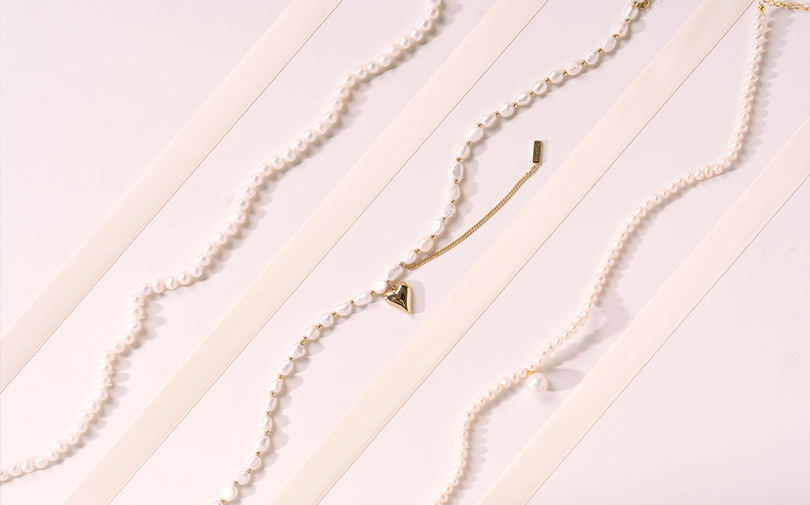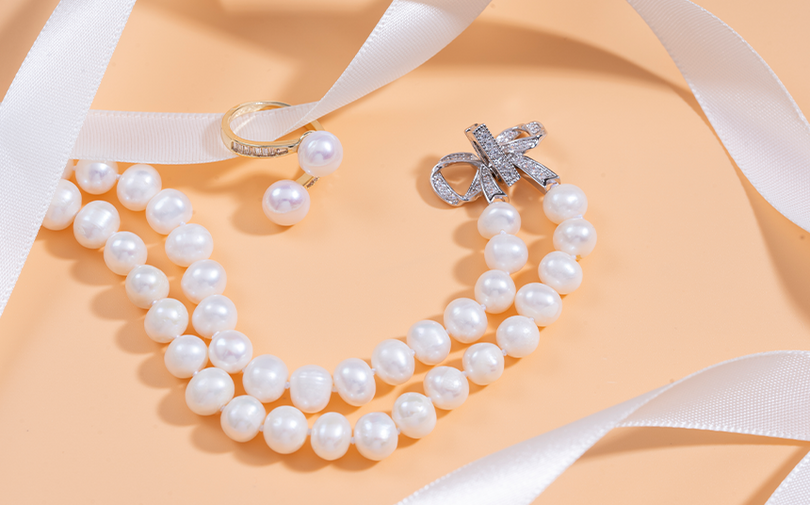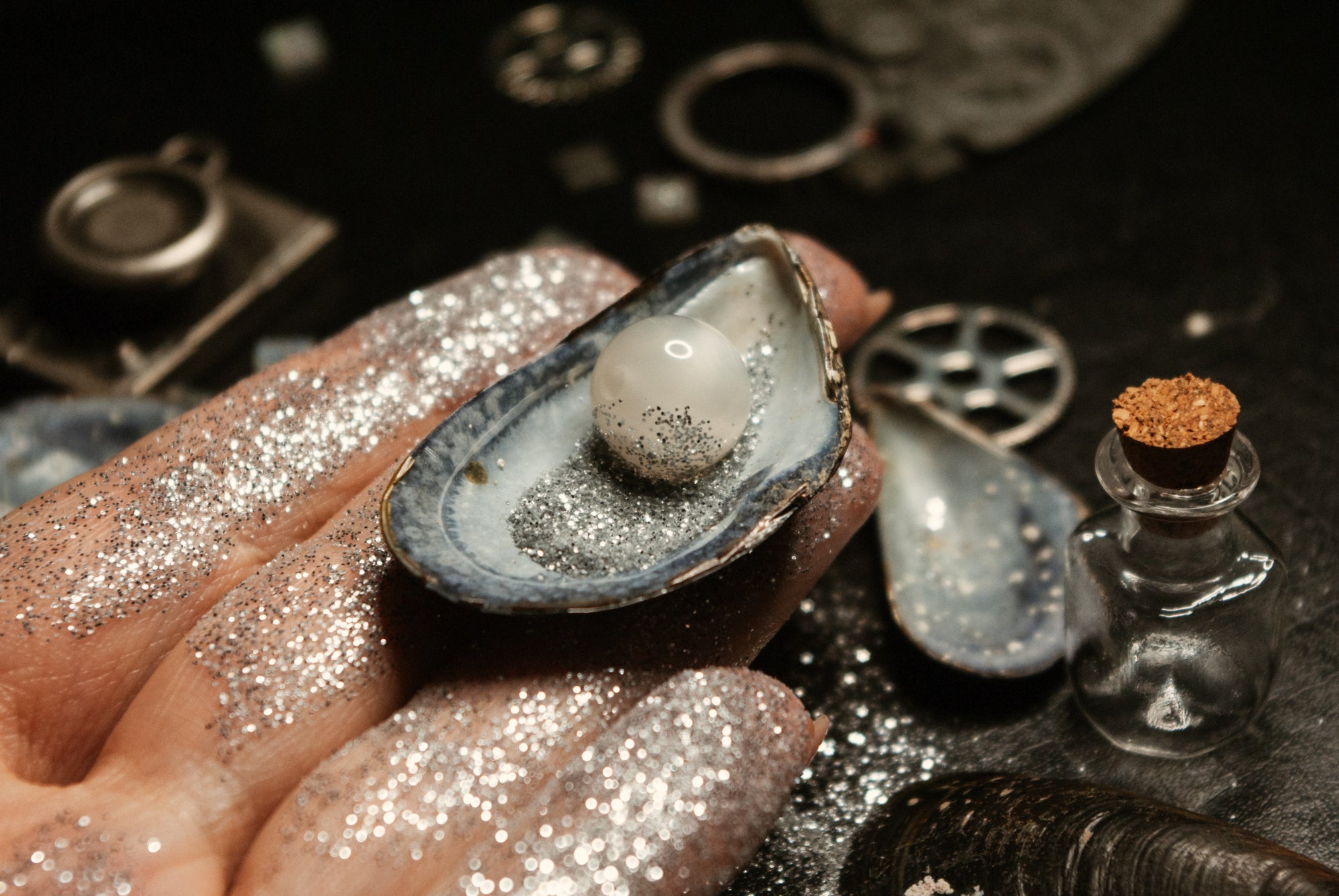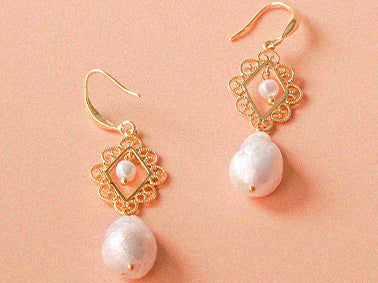Can you still buy pearls after nuclear-contaminated wastewater discharge?
Pearls are the products of nature and a symbol of beauty. They carry culture and history. One type of pearl is the Akoya pearl, an Akoya oyster from the waters of Japan, which has become a hit in the jewelry market due to its superior luster.
Cultivation of Akoya pearls is a combination of art and science.
Seed Bead Insertion: During the cultivation process, the pearl culturist will implant a small core (usually the tissue of the mother-of-pearl) inside the Akoya oyster, a process known as "nucleation". The nucleus acts as a seed for the pearl and triggers the oyster's natural reaction to produce a pearl.
Cultivation process: After the nucleus is implanted, the Akoya oyster begins to secrete nacre to encase the nucleus. The culturist needs to regularly inspect and maintain the oysters to ensure their health and the growth of the pearls. This process usually takes several years, depending on the size and quality of the pearls.
Harvesting and Handling: Once the pearls have reached the desired size and texture, they are carefully harvested. The pearls are then carefully cleaned and polished to reveal their ultimate beauty.
In spite of the furor over the release of nuclear-contaminated wastewater from Japan, Preala's akoya pearls come from a safe area. They have been cultivated over many years and have sophisticated processing techniques, so you can buy with confidence. Every pearl is hard-earned, and you deserve a gemstone of your own, whether for aesthetic or investment reasons.
Cultivation of Akoya pearls is a combination of art and science.

Seed Bead Insertion: During the cultivation process, the pearl culturist will implant a small core (usually the tissue of the mother-of-pearl) inside the Akoya oyster, a process known as "nucleation". The nucleus acts as a seed for the pearl and triggers the oyster's natural reaction to produce a pearl.
Cultivation process: After the nucleus is implanted, the Akoya oyster begins to secrete nacre to encase the nucleus. The culturist needs to regularly inspect and maintain the oysters to ensure their health and the growth of the pearls. This process usually takes several years, depending on the size and quality of the pearls.
Harvesting and Handling: Once the pearls have reached the desired size and texture, they are carefully harvested. The pearls are then carefully cleaned and polished to reveal their ultimate beauty.
In spite of the furor over the release of nuclear-contaminated wastewater from Japan, Preala's akoya pearls come from a safe area. They have been cultivated over many years and have sophisticated processing techniques, so you can buy with confidence. Every pearl is hard-earned, and you deserve a gemstone of your own, whether for aesthetic or investment reasons.
Related articles
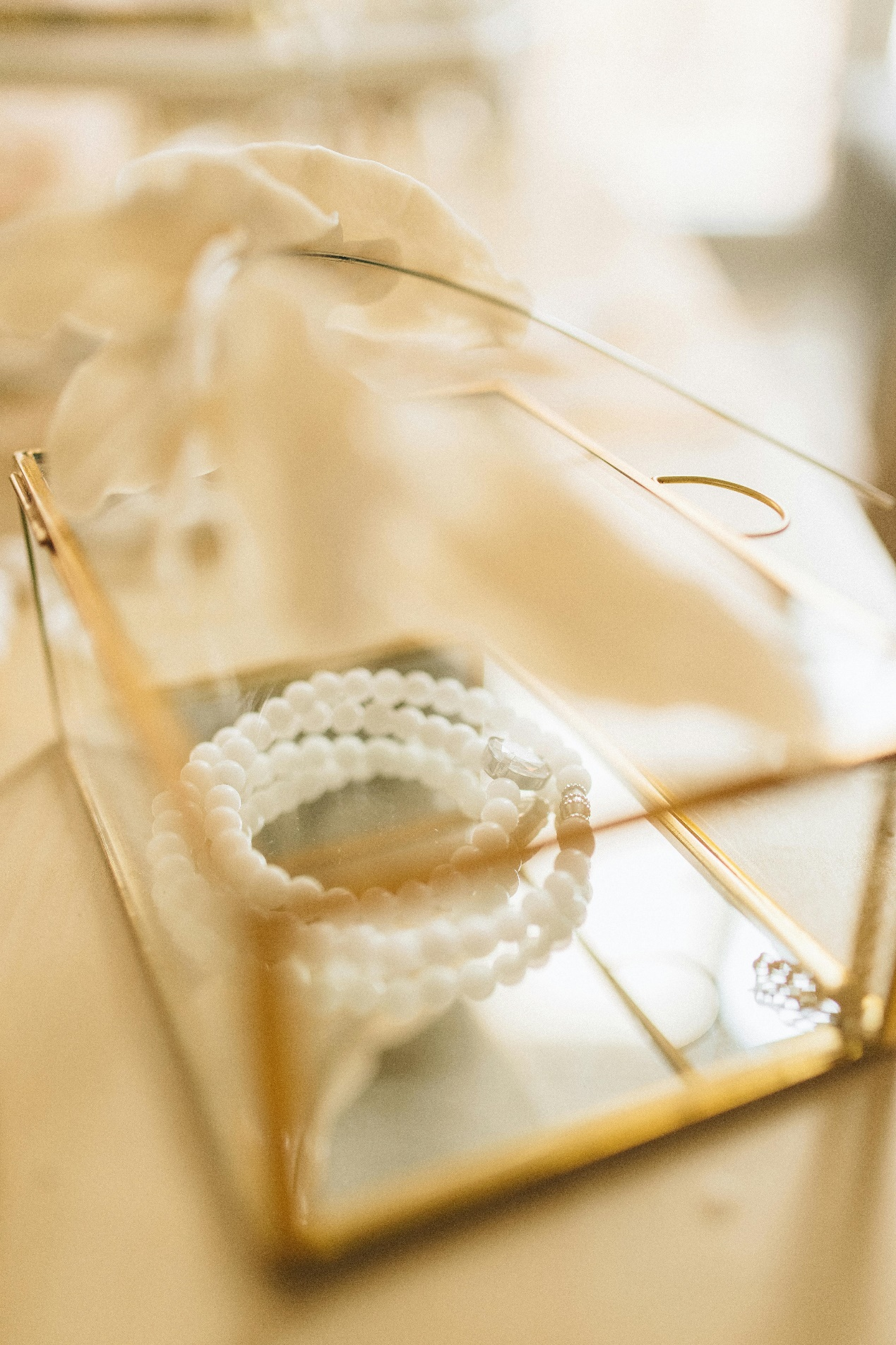
A Pearl Necklace to Record Years and Love
The Build-A-Pearl Necklace is known for its simple yet heartfelt concept. A basic Build-A-Pearl Necklace consists of a gold chain and a single pearl, which provides a hands-on experience in the pea...
Read More
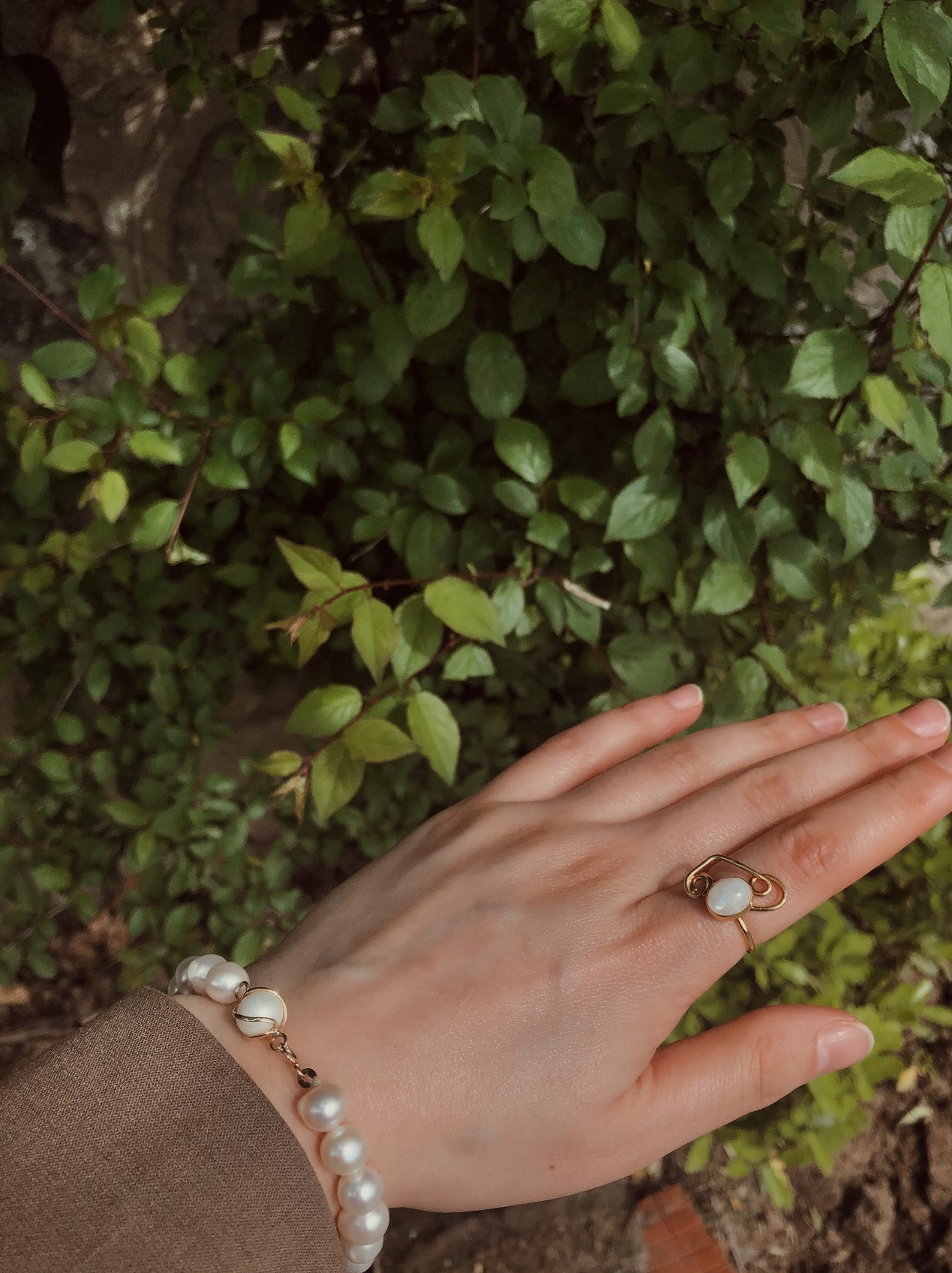
The Shape of Pearls
When it comes to pearl necklaces, we often think of strings of round pearls. However, as we mentioned earlier about the secrets of pearl color, pearls come in a wide variety of shapes. There are no...
Read More
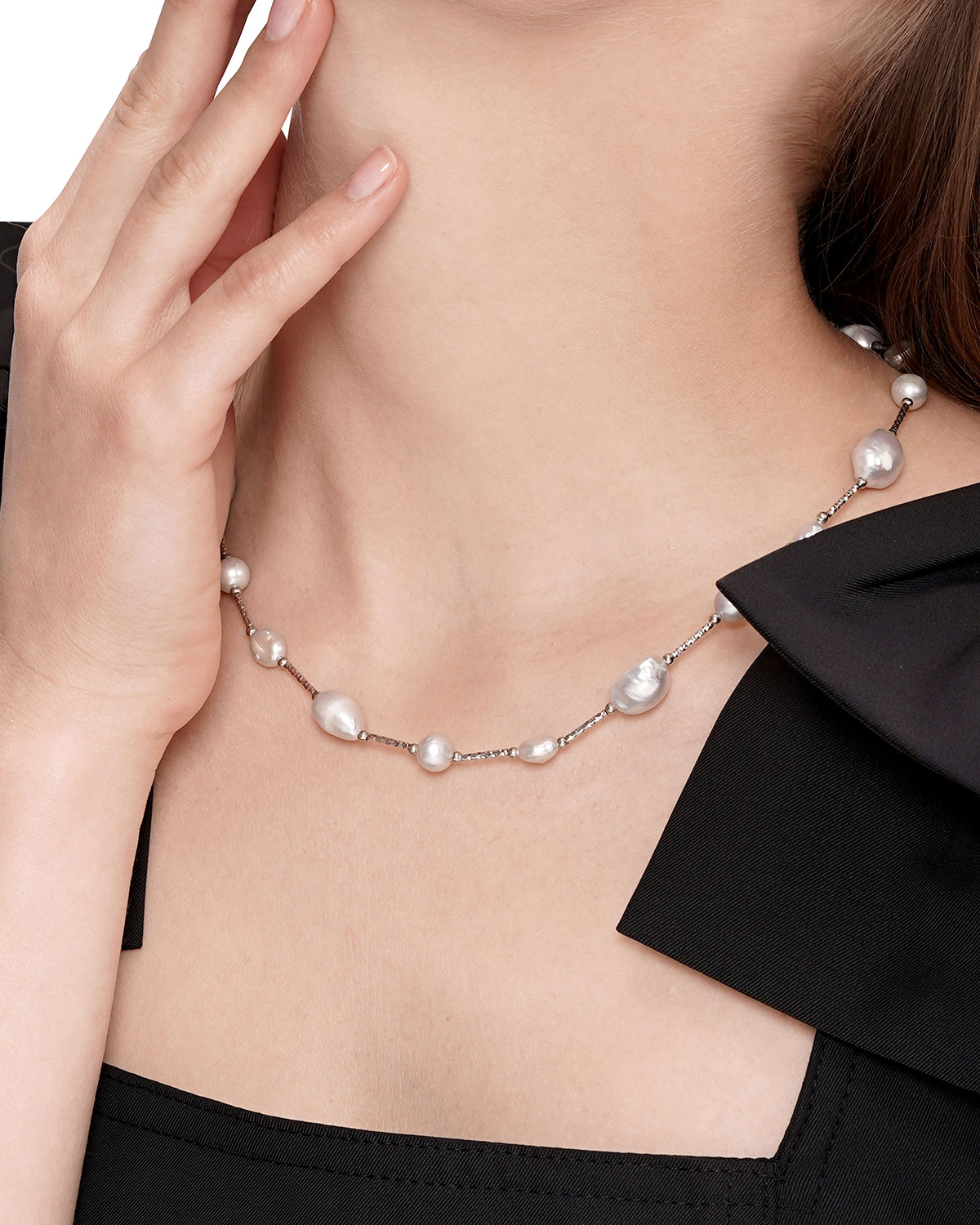
Exploring the Allure of Keshi Pearls
Keshi pearls, a type of seawater nucellar pearl, from round pearls to shaped pearls, this is the path of advancement for most pearl aficionados, when they read the language of the baroque pearl, th...
Read More

